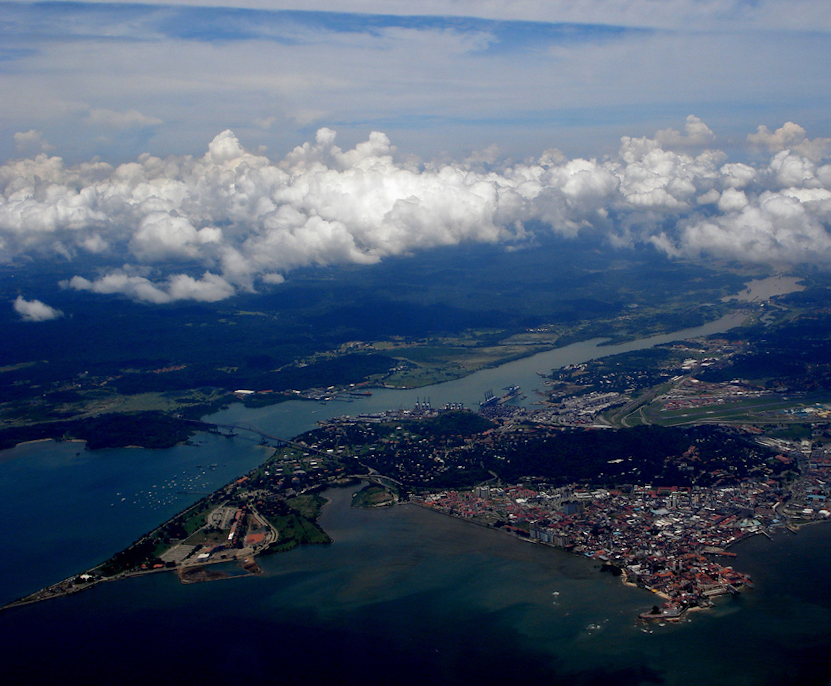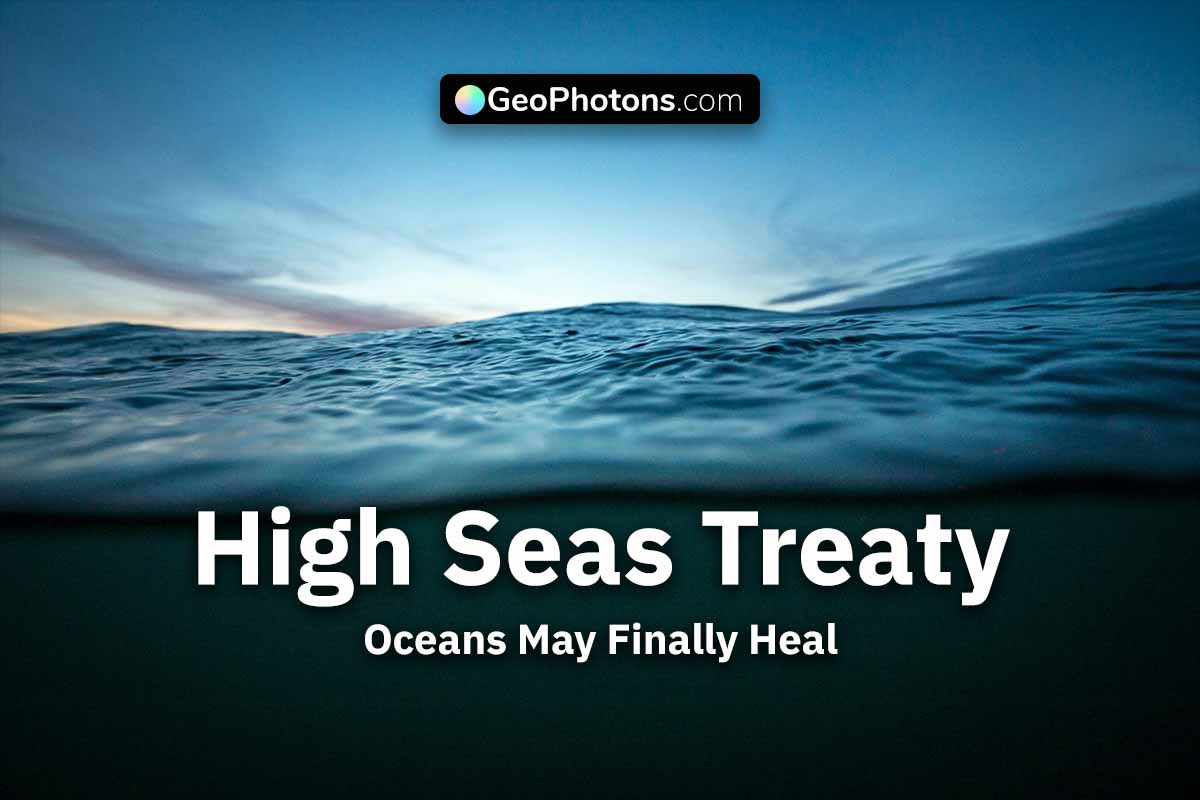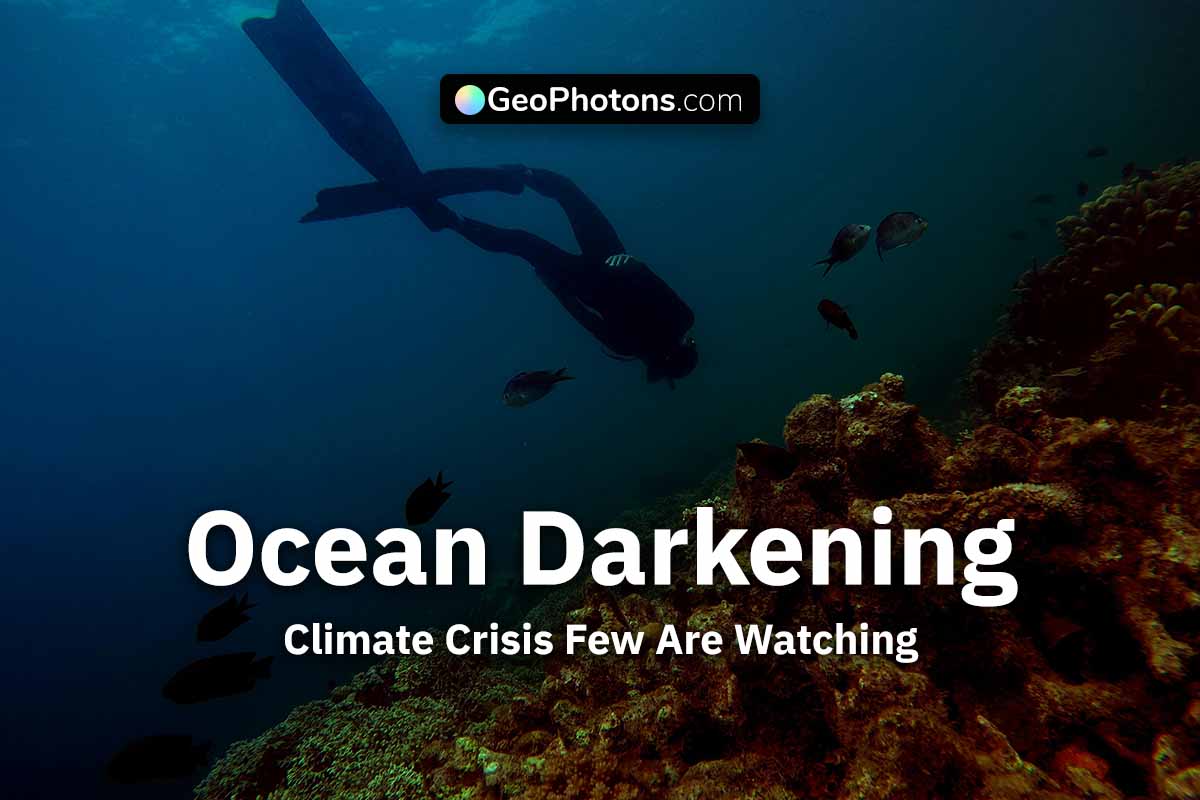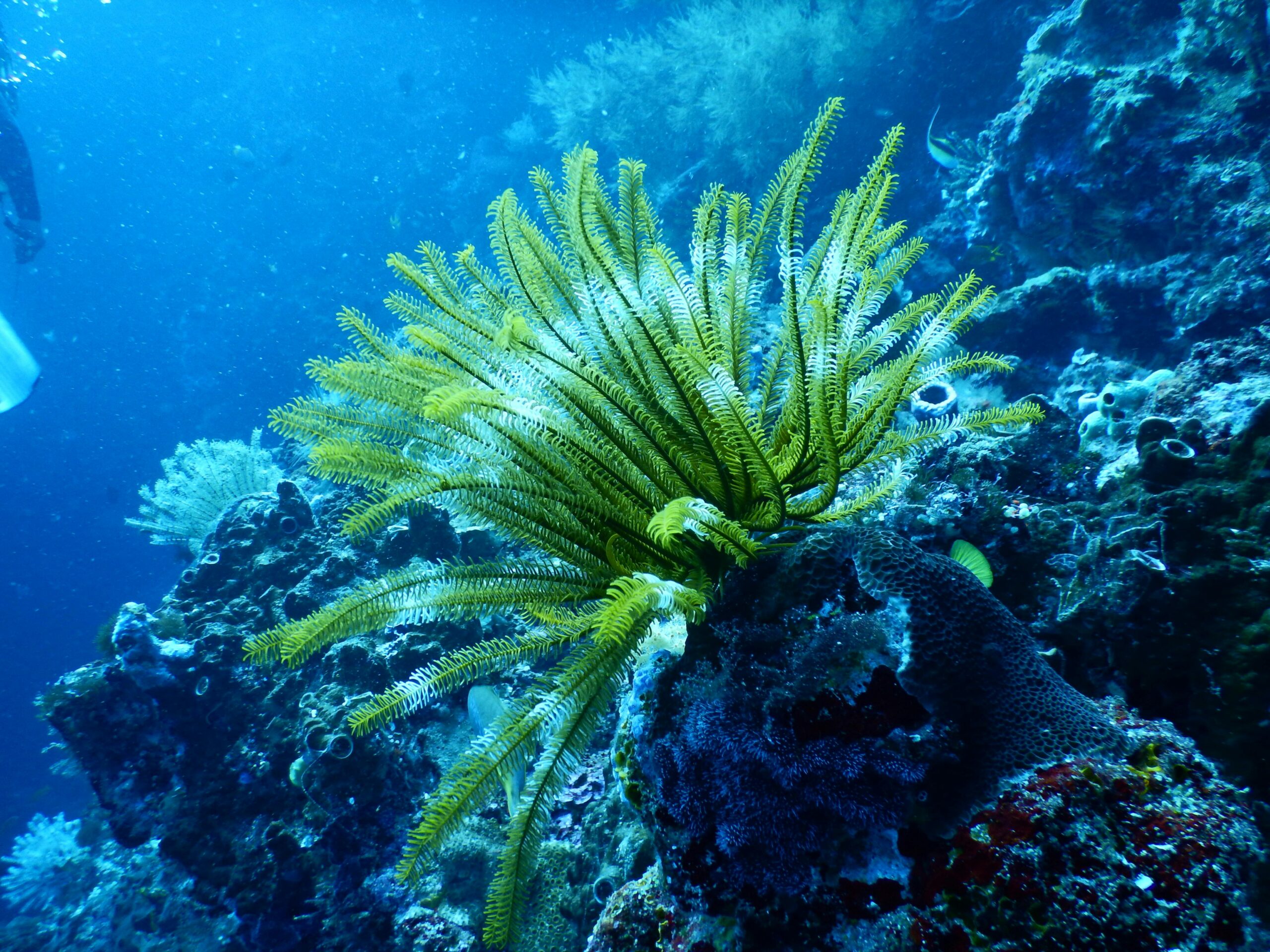Statistics about Panama Canal
Panama Canal, a man-made marvel, holds immense geographical and economic value. Statistics about Panama Canal and rare facts shed light on its critical role in global trade, geography, and historical significance.
1. How does the Panama Canal significantly reduce global shipping distances?
The Panama Canal saves over 8,000 nautical miles for ships traveling between the Atlantic and Pacific Oceans. For example, a journey from New York to San Francisco is reduced by 14 days of sailing time, improving shipping efficiency globally. By eliminating the need to navigate around South America, the canal has become a vital shortcut for international trade routes. Approximately 12,000 transits occur each year, demonstrating its importance to global commerce.
2. What percentage of global trade is impacted by the Panama Canal?
About 5-6% of global trade passes through the Panama Canal annually, with more than 12,000 vessels navigating it each year. In 2020, the canal transported goods worth around $270 billion, showing its crucial role in international economic systems. The canal handles goods such as crude oil, vehicles, and electronics, linking trade between the Americas, Europe, and Asia. This significant percentage emphasizes the canal’s importance in the global economy.
3. How did the Panama Canal impact the global oil industry?
The Panama Canal is essential to the oil industry, as it allows tankers to transport oil more efficiently. With the recent expansion, even larger oil tankers, including Very Large Crude Carriers (VLCCs), can now pass through. Before this expansion, oil tankers had to navigate around Cape Horn, which was both time-consuming and expensive. This makes the canal a crucial trade route for oil exports, particularly for the United States, which exports a significant portion of its oil through the canal.
4. What is the geographical uniqueness of the Panama Canal’s construction?
The Panama Canal cuts through the Isthmus of Panama, a narrow strip of land that connects North and South America. This is unique because it lies at a key point of convergence for the Pacific Ocean and the Atlantic Ocean. The canal’s construction faced natural geographical challenges such as fluctuating water levels, tropical climate, and seismic activity. Despite these challenges, its successful construction in 1914 revolutionized global maritime trade by connecting two oceans.
5. How does the expansion of the Panama Canal affect trade between Asia and the Americas?
The Panama Canal expansion, completed in 2016, allows larger vessels, known as Panamax, to pass through. This has greatly reduced shipping costs and improved trade efficiency, especially between Asia and the Americas. The expansion has led to a 50% increase in cargo capacity, allowing larger ships to carry more goods at a lower cost. This new capability increases competition, lowering transportation costs for goods moving between East Asia and the U.S. East Coast, boosting international trade.
6. What is the economic significance of the Panama Canal for Panama?
The Panama Canal is a cornerstone of Panama’s economy. In 2020, the canal contributed 12-15% of Panama’s GDP, with revenues exceeding $2.5 billion. The tolls collected from transiting vessels form a significant portion of Panama’s national income, supporting infrastructure projects, healthcare, and education. The canal also attracts foreign investments and businesses, making Panama one of the wealthier nations in Central America. This contribution highlights the canal’s role as a key economic asset for the country.
7. How does the Panama Canal impact global shipping routes?
The Panama Canal has reshaped global shipping routes by providing a shortcut between the Atlantic and Pacific Oceans. This has led to the reduction of shipping costs and delivery times. For example, a ship traveling from New York to Los Angeles can save 8,000 miles and about $150,000 in fuel costs by using the canal. Its strategic location has made it a critical link in the global supply chain, directly impacting industries such as manufacturing, shipping, and logistics.
8. What makes the Panama Canal a global geopolitical asset?
The Panama Canal is strategically located, and its control has been crucial in global geopolitics. The U.S. historically controlled the canal zone until the 1999 handover to Panama. This shift altered regional geopolitics and solidified Panama’s role in global trade. As a vital international trade route, the canal serves as an economic lever for countries using it, and its security and management are key considerations for world powers. Its role underscores the geopolitical significance of global waterways.
What makes this story a must-read?
The Panama Canal remains a critical hub in global trade, reshaping shipping routes, reducing costs, and enhancing geopolitical dynamics. Its ongoing expansion ensures a lasting influence on world commerce for generations.
Share this content:














Post Comment